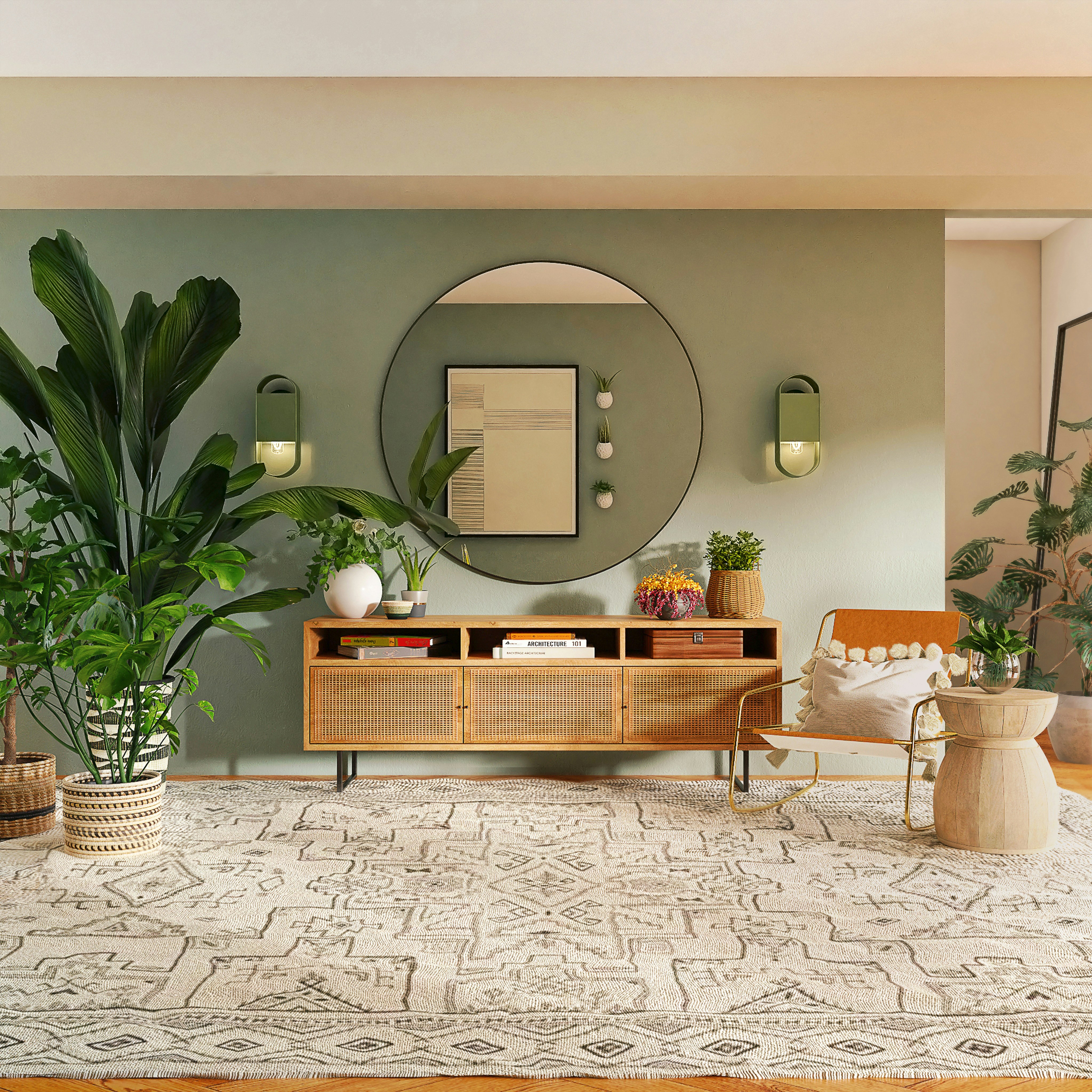Product
Sep 11, 2025
Furnishing a Sustainable Future
Sustainable furniture is no longer a niche—it’s reshaping the industry. From eco conscious sourcing and transparent practices to AI powered visualization that reduces costly returns, this article shows how retailers and manufacturers can meet demand, close more sales, and build lasting trust.
Furnishing a Sustainable Future
The landscape of home furnishings is undergoing a significant transformation, driven by an ever increasing consumer demand for sustainable products. For furniture retailers and manufacturers, understanding this shift and adapting strategies is no longer just a trend, but a crucial component for driving sales and building consumer trust.
The Growing Demand for Eco Conscious Choices
Consumers are increasingly doing their homework, seeking out products that align with their values. This rising demand for sustainable home furnishings is evident through both qualitative and quantitative indicators. Retailers are receiving numerous questions from customers about materials and chemicals, alongside positive feedback following announcements like B Corp certifications.
On the quantitative side, there's a direct link to business growth:
Website visitors who view sustainability pages are more likely to make a purchase, leading to an increase in customer count and average order value.
A recent survey indicated that 57% of individuals consider sustainability as one of their buying decision factors.
Consumers are particularly drawn to recycled materials, bamboo, sustainably sourced wood, and real hardwood.
A key driver behind this shift is a heightened awareness of human health. Post COVID, people paid more attention to what was in their homes, becoming more concerned about toxins and chemicals in textiles and finishes. This concern for what goes "on and around our body" extends from food and apparel to the furniture we live with daily.
Age also plays a significant role, with younger generations, such as Gen Z and millennials, being more inclined to seek out sustainable products. These buyers prioritize durability, wanting to purchase items that will last, often influenced by growing up with long lasting furniture pieces.
The environmental impact of furniture is also a serious concern, with an estimated 12 million tons of furniture going into landfills every year. This staggering figure underscores the urgent need for a shift towards more circular economy practices within the industry.
Sourcing Smart: Building Trust Through Transparency
For retailers and manufacturers, effectively meeting this demand requires a focus on sustainable sourcing and transparent practices. Building long term partnerships with manufacturers who share similar values is paramount. For instance, Room and Board, one top 100 furniture retailer, is committed to sustainable practices, currently purchasing 85% of its wood from sustainability sourced origins and aiming for 100% by 2025.
Through such partnerships, companies can drive significant changes in their supply chains. One retailer, by collaborating with three U.S. mills for upholstery fabrics, increased the percentage of GreenGuard Gold certified fabrics from 20% to 70% in just 18 months.
Transparency is crucial because "you can't change what you can't see". Understanding the origin of materials like cotton or wood, and knowing the chemicals used in products, allows businesses to identify areas for improvement. A holistic approach to sustainability considers six key areas: carbon footprint, human health, social best practices, waste management, water usage, and circularity.
Marketing Sustainable Furniture: The "Dessert" that Closes the Sale
When promoting sustainable lines, the most effective strategy is to make the product the hero. While a company's overall commitment to sustainability (like B Corp certification) is important, highlighting specific "sustainability hero" products with verifiable claims resonates strongly with consumers.
However, it's essential to remember that sustainability is often the "dessert," not the "main course". The fundamental appeal of a furniture piece—its style, design, size, and price—still needs to be in place. Sustainability acts as the differentiator or the "cherry on top" that makes customers feel good about their purchase and can be the tipping point that closes a sale. Storytelling about a product's sustainable attributes, such as wood sourced from an old barn, adds to this feel good factor and encourages viral word of mouth marketing.
Retailers can start by implementing low cost marketing changes, such as updating product descriptions on their websites to highlight sustainable elements and gauge customer reactions. Social media channels, particularly visually driven platforms like Instagram, are also highly effective for showcasing design oriented, sustainable products.
Enhancing Buyer Confidence and Reducing Returns with AI Visualization
One of the significant challenges in furniture retail, especially online, is the uncertainty customers face about how a piece will look in their home. This can lead to high return rates, incurring substantial costs related to shipping, packaging, and restocking.
This is where advanced visualization platforms like Palazzo offer a powerful solution for furniture retailers and manufacturers. Palazzo is an AI powered platform that enables customers to instantly visualize furniture from a retailer's catalog directly in their own real rooms using artificial intelligence.
By allowing customers to upload a photo of their room, Palazzo can detect its structure, erase existing furniture, and render new pieces, even offering layout and styling suggestions. This process dramatically increases purchase confidence and significantly reduces product return rates. When customers can see exactly how a sofa or dining table will fit and look in their space before buying, they are much less likely to return it. This directly helps furniture businesses avoid the costs associated with shipping, packaging, and processing returns, which can be substantial.
Beyond reducing returns, Palazzo also helps retailers increase conversion rates and shorten the sales cycle by providing clear visual context. It also offers the ability to showcase large catalogs without the need for expensive photoshoots, integrating seamlessly with existing ecommerce platforms like Shopify and Salesforce Commerce. Leading manufacturers are already using Palazzo to drive online sales and provide immersive visualization experiences for their high end collections.
The Path Forward
The shift towards sustainable furniture is an evolving journey. It’s not about an "all or nothing" approach but about taking initial steps. Retailers and manufacturers can begin by conducting self assessments to understand their current sustainable practices, whether through free online tools or industry specific resources.
By embracing transparency, investing in sustainable sourcing, strategically marketing product values, and leveraging innovative tools like AI visualization platforms, the furniture industry can not only meet consumer demand but also create a more sustainable, profitable, and trustworthy future.











